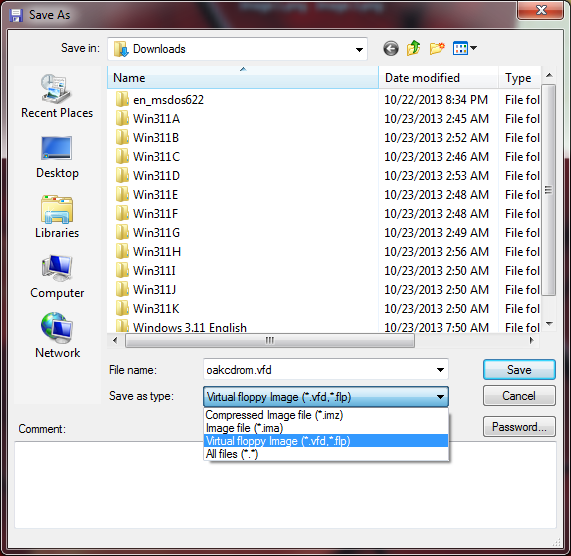
The bit enclosed by the square brackets corresponds to the datastore where the VM files reside. Using the host client, pull the settings for the VM and expand Hard Disk taking note of the Disk File value as you do. Regardless, you can get the details using a vSphere client or PowerCLI. Obtaining this information should be easy, since a standalone ESXi, more often than not, comes with a single local datastore. Step 2 – Determine the datastore, folder and VMDK names Last but not least, PowerCLI is one more tool at your disposal as explained in Manage ESXi services using PowerCLI. Alternatively, you can start the TSM-SSH service using the embedded host client for recent releases of ESXi such as 6.5 or via the legacy vSphere client for older versions. For further details, do have a look at Learn how and when to use vSphere Snapshots on this blog. Alternatively, try using vmksftools as per this KB. Note: If the VM being cloned includes snapshots, you must delete them first before using the cloning procedure here covered. Finally, attach the copied VMDKs to the target VM and verify that the clone boots up and works properly. Next, copy the source VMDK files (disks) to the target VM’s folder. The gist of it is that given a source VM, you first create a target VM with identical hardware and resources as assigned to the one you’re cloning, the source.
#Duplicate windows vmware how to#
In today’s post, I will cover how to clone VMs on ESXi without vCenter Server using a vSphere client and shell commands. Switch the CD/DVD drive to client device, disconnect it, and convert the VM to a template.Virtual machine cloning is a feature exclusive to vCenter Server but you can still workaround this restriction if you’re running unmanaged ESXi.Reduce the VM's CPU count and memory resources to the minimum.
#Duplicate windows vmware install#
Install all baseline applications you might want to include in your template. Set-ExecutionPolicy Bypass -Scope Process -Force ::SecurityProtocol = ::SecurityProtocol -bor 3072 iex ((New-Object ).DownloadString(''))

#Duplicate windows vmware iso#
Point to the Windows Server ISO file location.

Make sure you select Microsoft Windows Server 2016 or later (64-bit) as the guest OS. Learn how to deploy and install Windows Server and convert VM to a template.

Make sure you have VMware vSphere version 6.5 or above. Note that the ISO file can also be used locally.


 0 kommentar(er)
0 kommentar(er)
